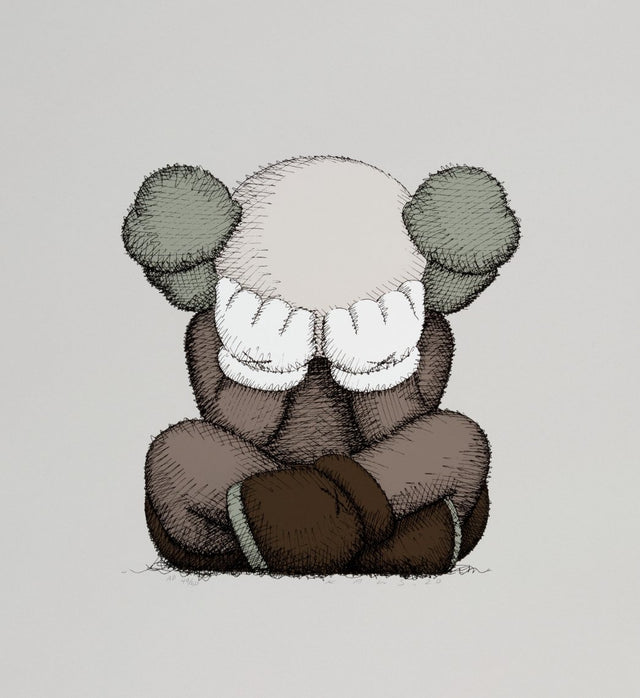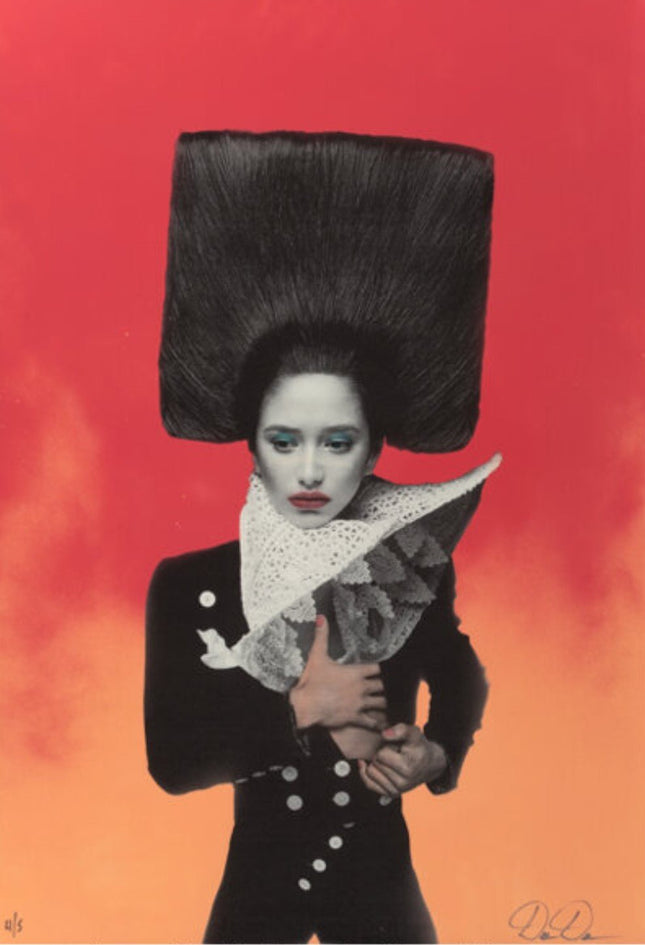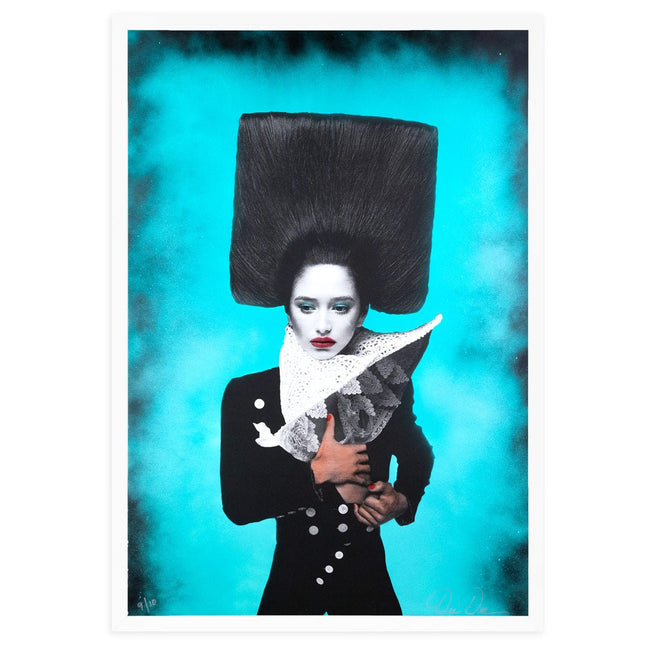Emergence and Influence of Silkscreen in Street Pop Art and Graffiti
Silkscreen printing is synonymous with vibrant versatility and has profoundly influenced street pop art and graffiti artwork. This method, also known as screen printing, involves pushing ink through a mesh screen onto a substrate, except in areas made impermeable to the ink by a blocking stencil. Its origins trace back to China during the Song Dynasty, but in the 20th century, silkscreen found its foothold in the art world. The technique gained prominence with the rise of the pop art movement, with artists like Andy Warhol and Roy Lichtenstein using it to create their iconic works. These artists utilized silkscreen to replicate and manipulate images from popular culture, a practice that resonated powerfully within the burgeoning street art scene. In the context of street pop art and graffiti artwork, silkscreen printing has been embraced for its ability to efficiently reproduce images, allowing artists to share their messages widely and quickly. The essence of street art and graffiti lies in their accessibility and often transient nature. Using silkscreen techniques, street artists can produce multiple copies of their work, extending their reach beyond the physical limitations of street walls and into galleries, exhibitions, and private collections. This has played a critical role in the democratization of art, making it accessible and relatable to a broader audience. Silkscreen printing allows for the layering of colors and textures, offering street artists a unique way to add depth and complexity to their work.
Techniques and Evolution in Street Art
The use of silkscreen in street pop art and graffiti has evolved over the years, with artists continually experimenting with new methods and materials. This evolution has led to a diverse range of styles and techniques within the genre. Some artists combine silkscreen with other mediums like spray paint or hand-drawn elements, combining traditional and contemporary methods. The flexibility of silkscreen printing also enables artists to play with scale, creating everything from small prints to large murals. This versatility has made it an essential tool in the street artist's repertoire, bridging the illicit thrill of graffiti and the more accepted domain of fine art. The cultural impact of silkscreen fine art prints in street pop art and graffiti is profound. These artworks often serve as social commentary, reflecting the artist's perspective on politics, societal norms, or consumer culture. The ability of silkscreen prints to be mass-produced has also played a crucial role in disseminating these messages, allowing them to reach and engage a wider audience. This art form has challenged traditional perceptions of fine art and given marginalized communities and viewpoints a voice. The recognition and commercial success of these prints have further validated street art as a legitimate and vital artistic expression.
Future Trajectories in Artistic Expression
Looking ahead, the future of silkscreen in street pop art and graffiti artwork appears vibrant and dynamic. The intersection of digital technology with traditional silkscreen techniques opens new frontiers for artistic expression. Artists are now exploring digital silkscreen printing, combining the precision of digital design with the tactile quality of screen printing. This hybrid approach expands street artists' creative possibilities, allowing them to experiment with more complex and detailed imagery. As the boundaries between street art, pop art, and fine art continue to blur, silkscreen printing remains a vital tool, enabling artists to push the limits of creativity and expression. Silkscreen fine art prints have significantly impacted the development and evolution of street pop art and graffiti. This medium has provided artists with a powerful means to reproduce and disseminate their work, bridging the gap between street art's ephemeral nature and fine art's enduring quality. As the art world continues to evolve, the role of silkscreen in street art and graffiti will undoubtedly remain pivotal, driving innovation and artistic exploration in the years to come.



